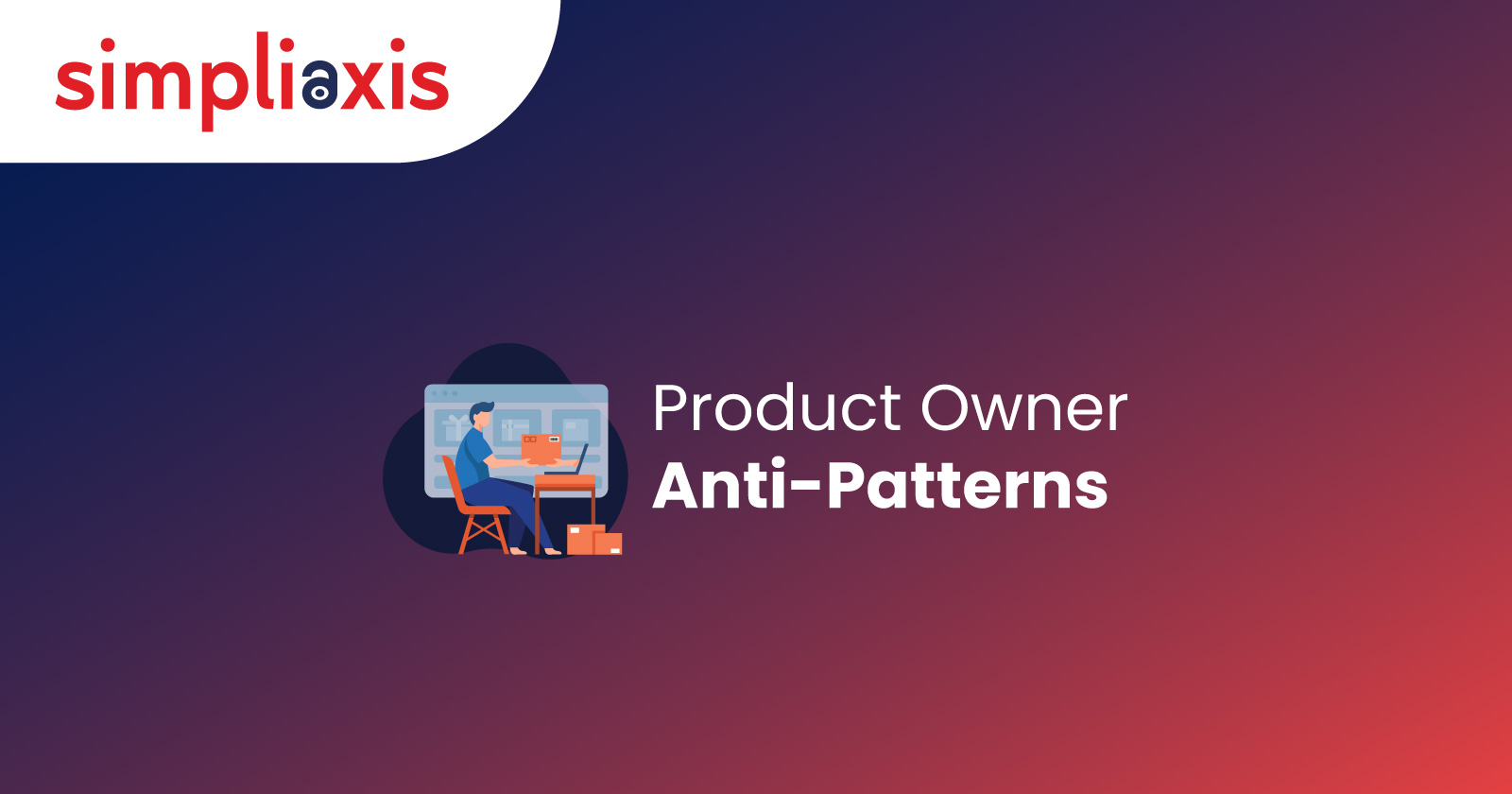A Scrum Team’s Product Owner can be defined by the voice of the customer, who is specifically offered the responsibility of enhancing the business value of the organization (and the product) by prioritizing, formulating, and communicating requirements along with relevant suggestions from the stakeholders. However, there are moments when the Product Owner guidelines for Scrum are bypassed or ignored, and counterproductive workarounds are implemented.
Such counter-productive measures shown by the Product Owner are known as Product Owner anti-patterns. These anti-patterns are quite widespread in the Agile work environment (especially software development) and therefore need to be addressed so that the performance of the Scrum Team can be maximized. Thus, in this guide, we’ll be taking a look at some of the most common Product Owner antipatterns and the ideal ways you can solve them.
The Responsibilities Of A Product Owner
- Maintaining and developing a market strategy and product vision.
- Helps in the management of the product.
- Managing as well as ordering the Product Backlog.
- Helps in the involvement of the stakeholders as well as end-users in the product development cycle.
- Maintains the clarity of the desired outcomes for the stakeholders and the Scrum Team.
List Of Product Owner Anti-Patterns
1. One Product Having Multiple Product Owners
Having multiple Product Owners for a single product is a common occurrence and such an issue takes place when transitioning from traditional product management procedures. This problem often occurs due to failure in the leadership where only one Product Owner is tasked to meet the needs of the stakeholders. As a result, there are certain conflicts of interest, lack of direction while also experiencing delayed decision-making leading to less team effectiveness and product success.
Solution: Appoint a single Product Owner for each product.
2. Multiple Products Having A Single Product Owner
When a single Product Owner becomes the decision-maker for more than one product, it negatively impacts the team's performance and the Product Owner’s decision-making. This type of anti-pattern tends to arise especially when teams start to scale too quickly without obtaining the necessary resources.
Solution: Appoint one Product Owner per product so that he or she can work collaboratively with the Scrum Team & stakeholders.
3. Product Owner’s Unavailability
When a single Product Owner is appointed for multiple products, the overall availability of the Product Owner for the Scrum Teams becomes limited. When the Product Owner cannot afford to provide quality time to every single product and thereby have other responsibilities to serve, a slow feedback loop and a lack of vision & direction are created. Thus the product development gets crippled and team members’ trust in one another gets eroded.
Solution: The Product Owner’s responsibilities must be considered, and therefore, steps should be taken to appoint a single Product Owner for every product.
4. Overlapping Roles Within The Leadership
It should be realized that role confusion generally stems from a lack of basic understanding of the Agile principles and Scrum Team roles. This type of anti-pattern generally occurs when the Scrum master, Product Owner, and Scrum Team have no clear-cut role definition of their own. A similar incident happens when a single person proceeds to fill up more than a single function on his or her own, resulting in production delays.
Scrum roles should all be individual and independent of one another so that ideal collaboration can occur.
Solution: The Product Owner should represent the customer directly and, therefore, be aware of requirements. Furthermore, he or she should be accountable for achieving the desired business outcomes.
5. Unengaging In Sprint Retrospective
Sprint Retrospectives can be defined as crucial meetings that help improve the team's overall effectiveness. Without a Sprint Retrospective, the team will miss the opportunity to solve customer issues and improve the product. Such an anti-pattern becomes detrimental, especially for cross-functional teams, while also stifling innovation.
Solution: Every Sprint Retrospective must be attended by the Product Owner as well as the Scrum Team.
6. Poor Product Backlog Management
The Product Owner is in charge of creating the Product Backlog for the Scrum Team. If the Product Owner fails to do this, both the results and return on investment will be jeopardized. Similarly, the Product Backlog shouldn’t be clogged with useless elements, which can also be counterproductive.
Solution: The Product Owner should work regularly with the Scrum Team in refining the Product Backlog as the development of the product carries on.
7. No Feature Slicing
Product Backlog management should include feature slicing. Feature slicing can be defined as the process through which valuable and small features are added to the product on an incremental basis, allowing for the maximum amount of feedback. Not breaking up large-sized features into small ones increases product risk and reduces feedback.
Solution: Product features must be sliced so that the Scrum Team can deliver a shippable product with incremental improvements rather than offering partially implemented features.
8. More Importance Towards The Output Rather Than The Outcome
Output is defined by the things that are produced, while outcomes are the result of the process. Prioritizing output over outcomes leads to burnout of the Scrum Team. Generally, such an anti-pattern occurs when the Product Owner is under immense pressure from the Stakeholders. As a result, the focus is directed towards quantity rather than quality, ultimately hindering long-term success.
Solution: Focus should be redirected towards the outcome rather than the output.
Conclusion
There’s no denying that Product Owners tend to hold demanding positions inside the Scrum Team, which is why continuous improvement is always required. A Product Owner bridges the gap between the client and the Scrum Team. By avoiding these anti-patterns, the Scrum Team will be able to achieve greater productivity, efficiency, and results in the long term.
Fostering a clear understanding of roles, ensuring dedicated focus, and maintaining effective backlog management are key steps toward optimizing team performance. As Product Owners align their practices with Agile principles and prioritize collaboration, they empower their teams to innovate and respond effectively to changing requirements. This proactive approach not only enhances the quality of deliverables but also drives sustainable growth and satisfaction for all stakeholders involved.
Simpliaxis offers comprehensive training programs and workshops tailored for Product Owners and Scrum Teams to support your journey in mastering these practices. Our expert-led courses provide practical insights and strategies to help you overcome common anti-patterns and achieve excellence in Agile project management. Explore our offerings and take the next step toward maximizing your team's potential with Simpliaxis.






















